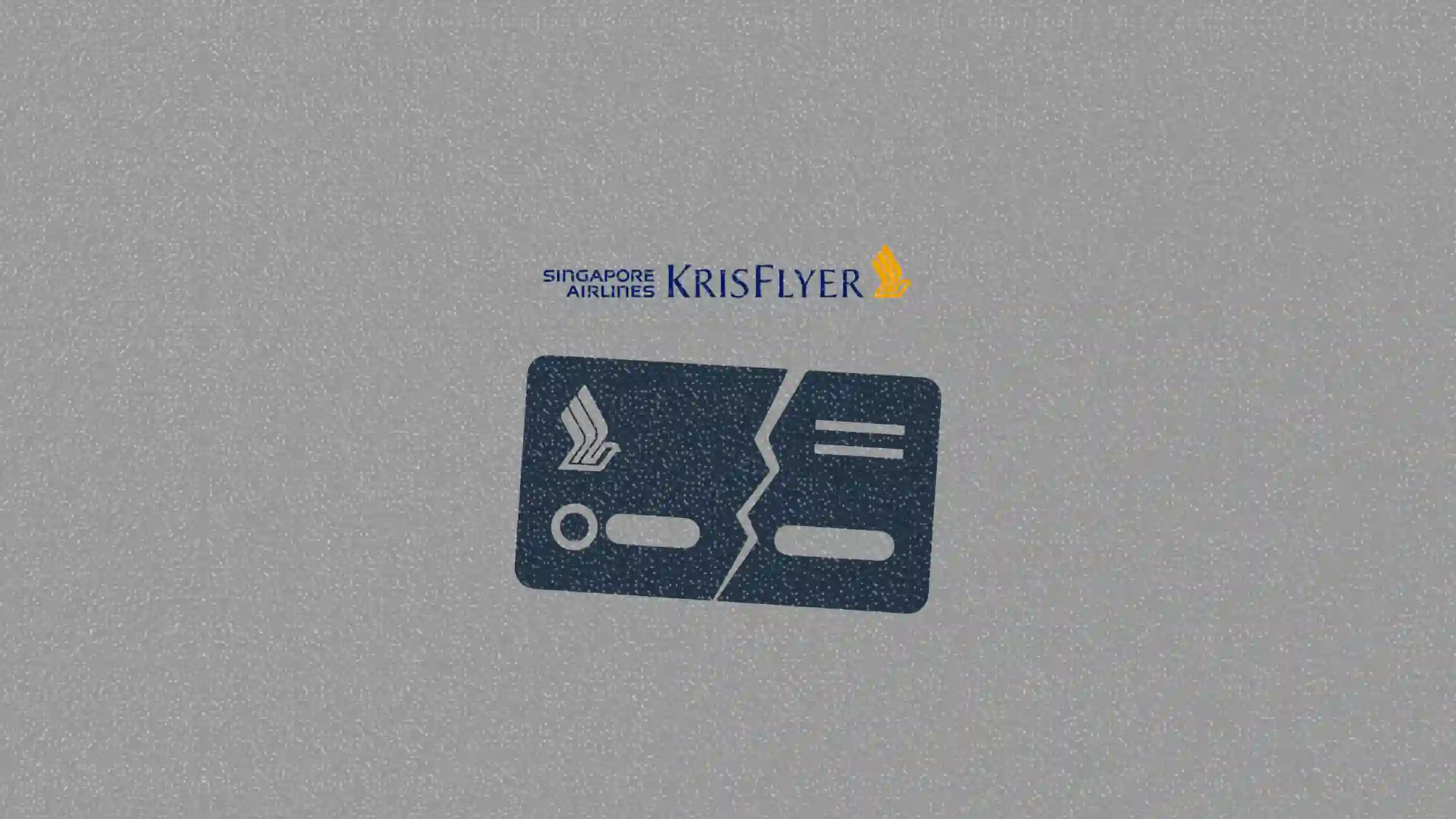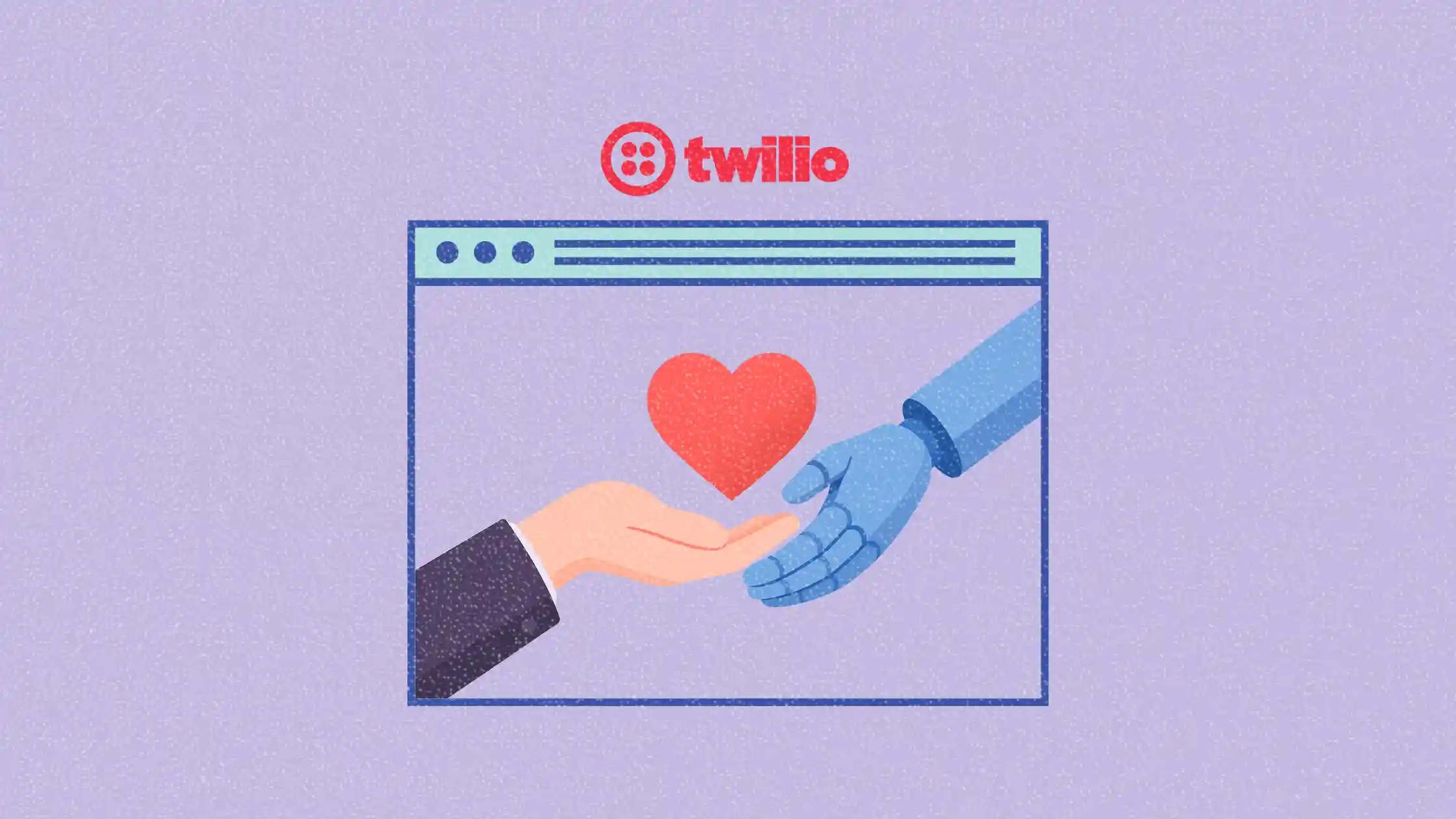Singapore Airlines’ KrisFlyer shakeup is a loyalty lesson wrapped in turbulence
As SIA raises redemption rates, marketers are reminded that loyalty is as much emotional as it is transactional

Singapore Airlines is changing how customers redeem rewards, and the ripple effect goes far beyond seat upgrades.
Starting 1 November 2025, KrisFlyer members will need more miles for certain premium cabin redemptions. At the same time, the airline is introducing a new “Access redemption” category, which offers more seat availability but at mileage rates that fluctuate based on demand.
While SIA positions these as enhancements, the response from frequent flyers paints a different picture. Media intelligence firms CARMA and Truescope report rising frustration, with netizens discussing alternative credit cards and competing loyalty programmes.
This article breaks down what the KrisFlyer changes mean for brand trust, how loyalty is more emotional than transactional, and why marketers should take note.
Short on time?
Here’s a table of contents for quick access:
- What happened: the KrisFlyer update
- The trust equation behind loyalty programmes
- What marketers should know
- Lessons for CX and brand equity

What happened: the KrisFlyer update
Singapore Airlines is updating its KrisFlyer frequent flyer programme in two key ways:
- Higher redemption rates: Starting November 2025, more miles will be required to redeem business and first-class seats.
- Access redemption: A new category that promises greater availability of award seats. However, the number of miles required will vary depending on demand and timing.
The updates were marketed as improvements, yet reactions online suggest otherwise. According to CARMA, many customers saw the changes as a devaluation of their miles. Truescope noted that conversations quickly shifted to exploring alternative credit card providers and airline rewards programmes.
In short, customers felt blindsided.
The trust equation behind loyalty programmes
Loyalty programmes are built on more than rewards. They represent a kind of psychological contract, and when the terms change without clear benefit, it creates emotional friction.
Kevin Kan, Chief Experience Officer at Break Out Consulting Asia, says the updated redemption rates feel like a disguised price hike. “When airlines ask for more miles for the same seat, that’s a price increase,” said Kan. “The everyday traveller who’s been saving miles from work trips, family holidays or credit card spend now finds their aspirational redemption just moved further out of reach.”
He added that as a “points junkie,” the devaluation feels personal. “I will most certainly be looking at other programs to transfer my credit card points and which airlines I fly in future.”
Nishant Kaushal, CEO of ADNA, puts it more bluntly. “Revising loyalty programmes is unilaterally re-writing a contract of trust.” He argues that if redemption costs increase, the added flexibility from Access redemption must be clearly communicated and genuinely valuable. Otherwise, it risks coming across as a thinly veiled attempt to mask profit-taking.
Transparency, he added, is non-negotiable. A 2023 Deloitte study found that 63 percent of frequent travellers valued fairness and transparency more than the absolute value of benefits. When programme rules become murky, trust takes a hit and loyalty erodes.
What marketers should know
Singapore Airlines may be making changes for commercial reasons, but the customer reaction is a wake-up call for marketers. Here are four takeaways:
1. Loyalty is built on emotion, not just economics
Raising point thresholds might make sense on paper, but emotional impact must be factored in. Brands need to communicate these changes with empathy and clarity. Otherwise, even logical changes feel like betrayal.
2. Top-tier customers drive disproportionate value
Kaushal cited IATA’s data showing fewer than 10 percent of loyalty programme members drive over 40 percent of programme value. These customers expect more than upgrades. They expect exclusivity, recognition and consistency.
3. Test before launch
Major changes should be tested with a closed group of engaged members. This allows for feedback loops, refinement and early buy-in. Ignoring this step risks widespread misalignment with customer expectations.
4. Fairness must be felt, not just stated
If you increase redemption costs, customers need to feel they’re getting something in return. This could be easier booking, better customer service or more flexibility. “Enhancements” must feel like real value, not just internal cost recovery.
Lessons for CX and brand equity
Carolyn Wishnowski, VP of Global Brand, Marketing and Loyalty at Millennium Hotels and Resorts, acknowledged the challenge but saw some silver lining. She noted that the new Access redemption option and diversified status earning methods may reflect a give-and-take approach, provided the communication is handled well.
Still, she stressed the importance of protecting core benefits and expanding recognition beyond flights alone. “Clear communication, transition buffers, and pairing any hikes with enhancements help members feel they’re not just paying more for less.”
The larger takeaway for marketers? Loyalty must remain aspirational, not transactional. If customers no longer feel inspired to save or engage, the entire programme risks irrelevance.




